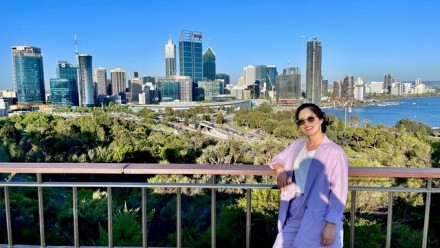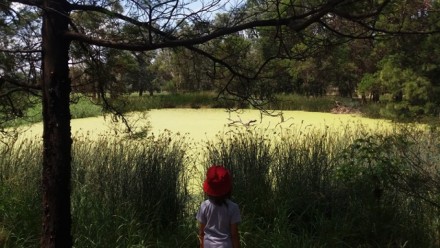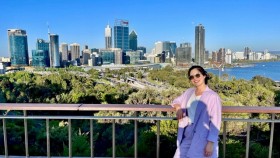Disaster resilience in an aging society
Share
Disaster resilience does not hinge on material resources alone. The role of community-level social cohesion is key to preventing adverse health outcomes in the aftermath of a disaster, according to a study led by Professor Ichiro Kawachi.
Professor Ichiro Kawachi, who recently received an honorary doctorate through the Research School of Population Health, used lessons learnt from the Great East Japan earthquake and tsunami to demonstrate disaster resilience in an aging society.
“We are living in a time where our population is aging at a rate never seen before, and experiencing increased disasters,” says Kawachi. “Most health related disaster research, however, focuses on mental health, and only a few studies examine the effects of disaster on aging related outcomes.”
Kawachi and his colleagues commenced a study on social cohesion in aging populations in Japan 2010. This provided a unique opportunity to compare cognitive ability before and after the March 2011 earthquake and tsunami. In particular, they focused on the city of Iwanuma, where they surveyed over 8,000 residents aged 65 years and older.
“We found that the there was a clear decline in cognitive ability in some residents after the disaster,” says Kawachi.
“What is really interesting, however, is that this decline was strongly associated with residential dislocation. We found that people forced to move from their homes due to damage were much more likely to experience cognitive decline than those who did not.”
When residents were forced to move into emergency shelters, followed by temporary accommodation, they were separated from their community and social networks. Researchers identified this community-level social cohesion, or ‘social capital’, as a key factor protecting the elderly against cognitive decline. Examples of activities and relationships that contribute to social capital include meeting friends, participating in group sports or hobbies, community attachment and trust.
“You can think about social capital as a kind of herd immunity,” says Kawachi. “If you live in a place with a strong sense of community, and you interact with this community, then you are more likely to enjoy the health benefit it provides.”
While this research is interesting in its own right, it has important policy implication on how governments deal with displaced people after disasters.
“We know that people who were relocated as individuals after the tsunami were more likely to feel isolated and a sense of community loss. They also suffered from greater cognitive decline compared to those who did not.”
“This unintended consequence of relocation can be avoided. We need to allow people to preserve the social fabric of their community by favouring whole community re-settlement over arbitrary individual re-settlement.”
Professor Lyndall Strazdins, Director of ANU Research School of Population Health, provided a local context in which to think about the impact of disasters.
“This resilience narrative can likely be applied to any number of disasters,” says Strazdins. “This is an important issue to consider when managing the collective trauma we are experiencing from the bushfires currently burning across the country.”
** Professor Ichiro Kawachi was awarded the degree of Doctor of Science honoris causa by ANU for his exceptional contribution to research, conceptualisation and integration of social science, health and inequalities and his invaluable role as a mentor and global leader. Kawachi’s discoveries and advances span a wide range of health determinants and outcomes which intersect with current ANU research agendas, including health equity, ageing, income and time drivers of health, health in humanitarian crises, Indigenous wellbeing and the social determinants of health, suicide prevention, the social and psychological underpinnings of health.











